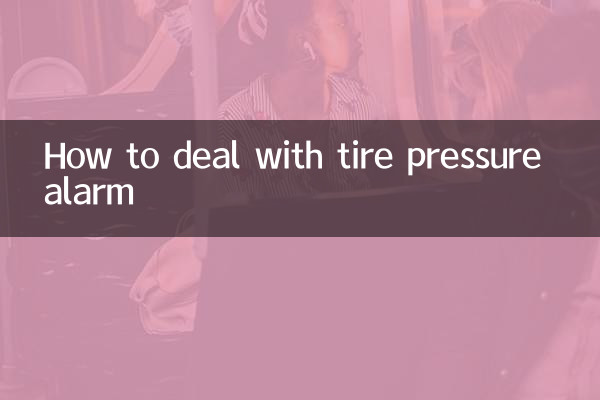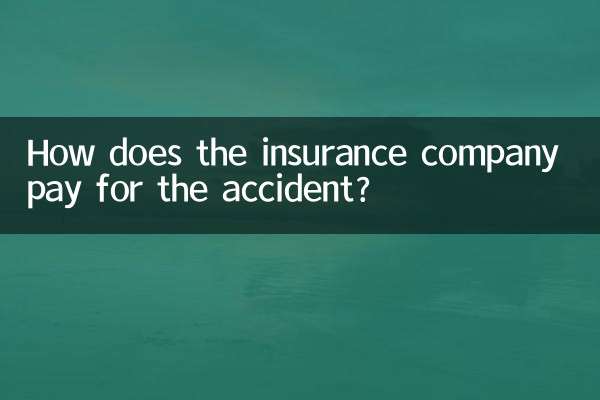How to deal with tire pressure alarm
With the development of automobile intelligence, tire pressure monitoring systems (TPMS) have become a standard feature of many vehicles. Many car owners may feel confused or nervous when the tire pressure warning light comes on. This article will give you a detailed introduction to the causes, treatment methods and related precautions of tire pressure alarms to help you quickly deal with this problem.
1. Common causes of tire pressure alarms

Tire pressure alarms are usually triggered by:
| Reason | Description |
|---|---|
| Tire pressure is too low | The tire pressure is lower than the standard value, which may be caused by slow leakage or nail punctures. |
| Tire pressure is too high | Over-inflation or abnormally high tire pressure in high temperature environments. |
| Sensor failure | The tire pressure monitoring system sensor battery is exhausted or the hardware is damaged. |
| temperature change | A sudden drop in temperature in winter may cause a drop in tire pressure to trigger an alarm. |
2. Processing steps after tire pressure alarm
When the tire pressure warning light comes on, it is recommended to follow these steps:
| steps | Specific operations |
|---|---|
| 1. Stop safely | Stop the vehicle in a safe area as soon as possible and avoid continuing to drive. |
| 2. Check tires | Visually inspect the tires for obvious damage, nails or air leaks. |
| 3. Measure tire pressure | Use a tire pressure gauge to measure the air pressure of each tire and compare it to the vehicle's standard value (usually marked on the door frame or manual). |
| 4. Replenish or deflate air | Adjust the tire pressure to the standard range based on the measurement results. |
| 5. Reset the system | Some vehicles require manual reset of the tire pressure monitoring system (refer to the vehicle manual). |
| 6. Send for inspection and repair | If the cause cannot be determined or the tire pressure continues to be abnormal, it is recommended to go to a professional repair center for inspection. |
3. Risks and preventive measures of abnormal tire pressure
Ignoring the tire pressure alarm for a long time may lead to serious consequences:
| risk | Precautions |
|---|---|
| Increased risk of tire blowout | Check your tire pressure at least once a month and before driving long distances. |
| Increased fuel consumption | Maintain standard tire pressure (usually 2.2-2.5bar, depending on the model). |
| Shortened tire life | Avoid overloading and perform tire dynamic balancing and four-wheel alignment regularly. |
4. Popular questions and answers
Based on recent Internet hot spots, we have sorted out the tire pressure issues that car owners are concerned about:
| question | Answer |
|---|---|
| The tire pressure warning light is on but the tire pressure is normal? | It may be a sensor failure and needs to be detected with professional equipment. |
| What should I do if tire pressure alarms are frequent in winter? | For every 10°C drop in temperature, the tire pressure will drop by about 0.07 bar. It is recommended to replenish air appropriately. |
| The warning light doesn't go out after tire repair? | You need to drive a certain distance (usually 5-10 minutes) for the system to recalibrate. |
Summary:
The tire pressure alarm is an important reminder for vehicle safety, and handling it correctly can avoid potential dangers. Make it a habit to check your tire pressure regularly and equip your vehicle with a portable air pump. If the problem occurs repeatedly, it must be repaired in time to ensure safe driving.
(The full text is about 850 words in total, covering the full-process solution and digitalization suggestions for tire pressure alarms)

check the details

check the details